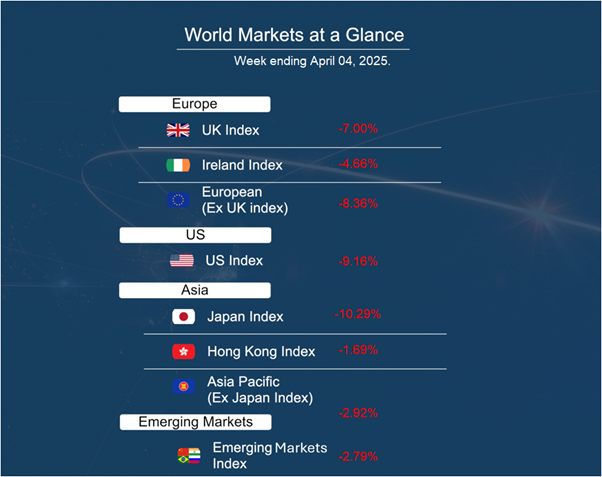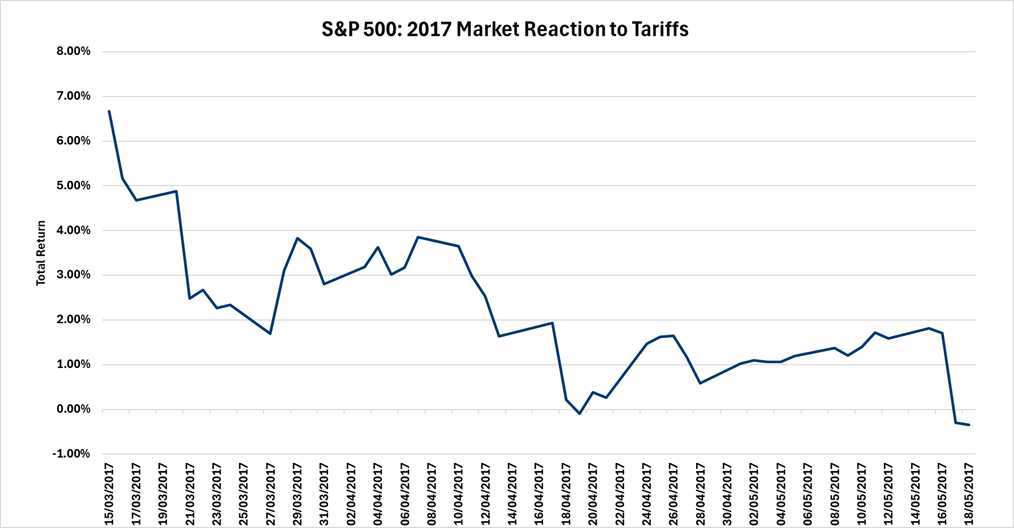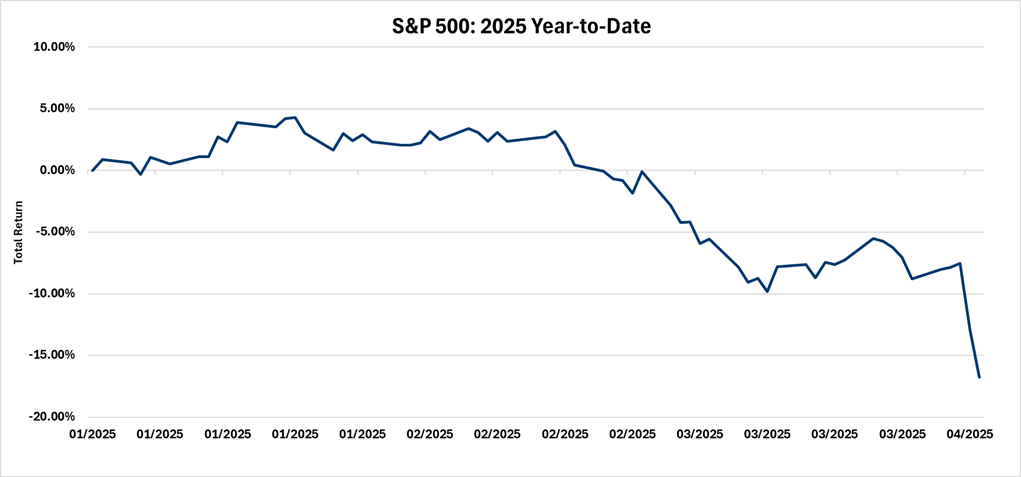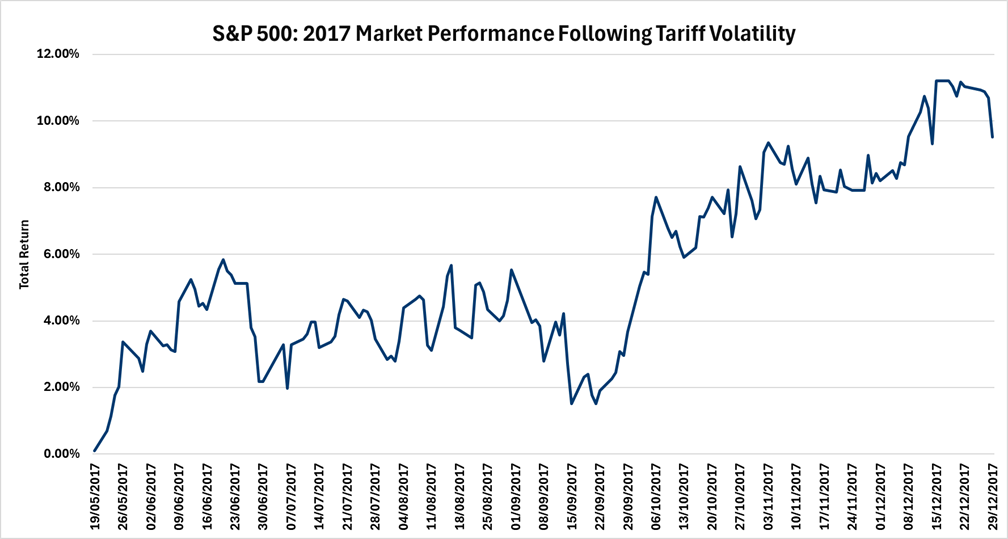This reinforces the importance of staying focused on the long term — clients who remain committed to their investment strategy are well positioned to benefit as equity markets look past short-term noise and continue their upward trajectory.
While the new tariffs imposed by the U.S. may cause disruptions in global markets, the economic impact on China, India, and other countries in broader Asia may not be as severe as some might expect.
China, the world’s second-largest economy, maintains strong trade ties with the U.S., especially in manufacturing and technology. However, U.S. trade makes up a relatively small portion of its GDP compared to more export-dependent countries. While specific industries like technology and agriculture may feel the immediate impact of tariffs, China’s ongoing shift toward a consumption-driven economy, fuelled by its large and growing middle class, helps cushion broader economic effects. Domestic sectors such as retail, healthcare, and services are likely to remain resilient, and China may also use this period to deepen trade relations with other regions like the EU and India.
Similarly, India—though it has significant U.S. trade in areas such as IT, textiles, and pharmaceuticals—relies less on exports overall. Like China, its trade with the U.S. is a small portion of GDP, with domestic demand playing a growing role in its economy. As a result, while some export-oriented sectors may face headwinds, many industries tied to domestic consumption, such as consumer goods, banking, and infrastructure, are expected to remain largely unaffected.
As the short-term noise surrounding tariffs fades from global markets, we are left with the underlying fundamentals. In the U.S., economic data remains robust. The U.S. consumer is relatively strong, the labour market remains tight, and several industries benefit from significant barriers to entry, all of which position the markets well once the dust settles.
One must also consider the UK: whatever happens with tariffs, UK investors are likely to remain unscathed, given the makeup of the market, which helps protect it from short-term tariff noise.
At present, European markets are focused on tariff news, overshadowing broader economic concerns. At current levels, Europe appears less attractive due to weak economic data, sector challenges, and political shifts, awaiting a catalyst to boost valuations despite a brief rally.
In Japan, the automotive sector is particularly vulnerable. Regardless of the outcome of the tariff decisions, the impact on Japan’s automotive manufacturers (among others) could be significant. A stronger yen could exacerbate the challenges faced by Japanese exporters, given the higher interest rate environment, creating a double-edged sword for the country’s economy over the medium term.
While uncertainty remains, it is important to note that we have likely seen the worst of the news. President Trump’s decision to announce all tariff changes at once may give markets more time to absorb the impact and trigger relief rallies as negotiations progress. While we will likely see some further short-term volatility, as trade talks reach a critical point, current market dynamics suggest the worst is behind us, setting the stage for a period of stabilisation and growth.
Our team is closely monitoring developments and will adjust our strategy as needed, always prioritising your long-term goals. Maintaining a long-term investment strategy is key to favourable returns, and this is where the strength of a discretionary-managed portfolio truly shines. By globally diversifying across sectors, regions, and asset classes, these portfolios are built to weather volatility. In turbulent times, resisting reactive decisions is crucial, as pulling out during short-term dips can lock in losses and miss recoveries. Successful investing is about time in the market, not timing the market, and while uncertainty was expected during the first couple of months of Donald Trump’s presidency, his need to push through trade agreements and boost markets well ahead of the midterms will be paramount. Looking at the chart below, we have seen repeatedly over time, the market has faced various sell-offs such as global financial crisis, covid-19 but these periods of short-term volatility often pave the way for long-term opportunities and growth. Remember, it’s not about timing the market, but about time in the market, which has proven to be the key to achieving lasting success.
Kate Mimnagh, Portfolio Economist






